Some songs are more than just melodies; they are cultural snapshots, capturing a specific moment in time while speaking to universal truths that resonate for decades. They become part of our collective memory, their lyrics sparking debates and personal reflections long after they’ve faded from the charts.
Paula Cole’s 1996 hit is a prime example of such a song. For years, listeners have been captivated by its story, pondering the central, poignant question: where have all the cowboys gone? This phrase is not just the song’s title; it’s a lament, a critique, and a complex question about love, gender roles, and the often-painful gap between our dreams and our reality.
This comprehensive guide will unpack the layers of this iconic song, providing an in-depth analysis of its narrative, themes, and enduring legacy. We will journey through the lyrics, exploring the story of a woman’s hopeful beginning and her slow descent into disillusionment. This is not just a simple explanation of a 90s hit; it’s an exploration of the deeper cultural questions that arise when we ask where have all the cowboys gone? By the end of this article, you will have a rich and nuanced understanding of a song that is far more complex and critical than it first appears.
The Story Behind the Song
Before delving into the lyrics, it’s helpful to understand the context of this pivotal 90s track. “Where Have All the Cowboys Gone?” was the lead single from Paula Cole’s second album, This Fire, and it quickly became a massive international success.
| Aspect | Details |
|---|---|
| Song Title | Where Have All the Cowboys Gone? |
| Artist | Paula Cole |
| Release Year | 1996 |
| Album | This Fire |
| Chart Success | Top 10 hit on Billboard Hot 100 and in Canada |
| Grammy Nominations | Record of the Year, Song of the Year, Best Female Pop Vocal Performance |
| Primary Theme | Critique of traditional gender roles and romantic disillusionment |
| Musical Influences | Inspired by XTC, with Beatles and Prince elements |
| Public Misinterpretation | Sometimes seen as supporting traditional gender roles, but actually a critique |
The song’s unique structure, which pairs spoken-word verses with a powerful, melodic chorus, immediately set it apart. Cole’s inspiration was eclectic, blending the lyrical wit of the British band XTC with a musical foundation that surprisingly included a drum sample from The Beatles. However, it was the lyrical content that truly captured the public’s imagination and sparked a debate that continues to this day. This is the foundation upon which we can begin to answer the question, where have all the cowboys gone?
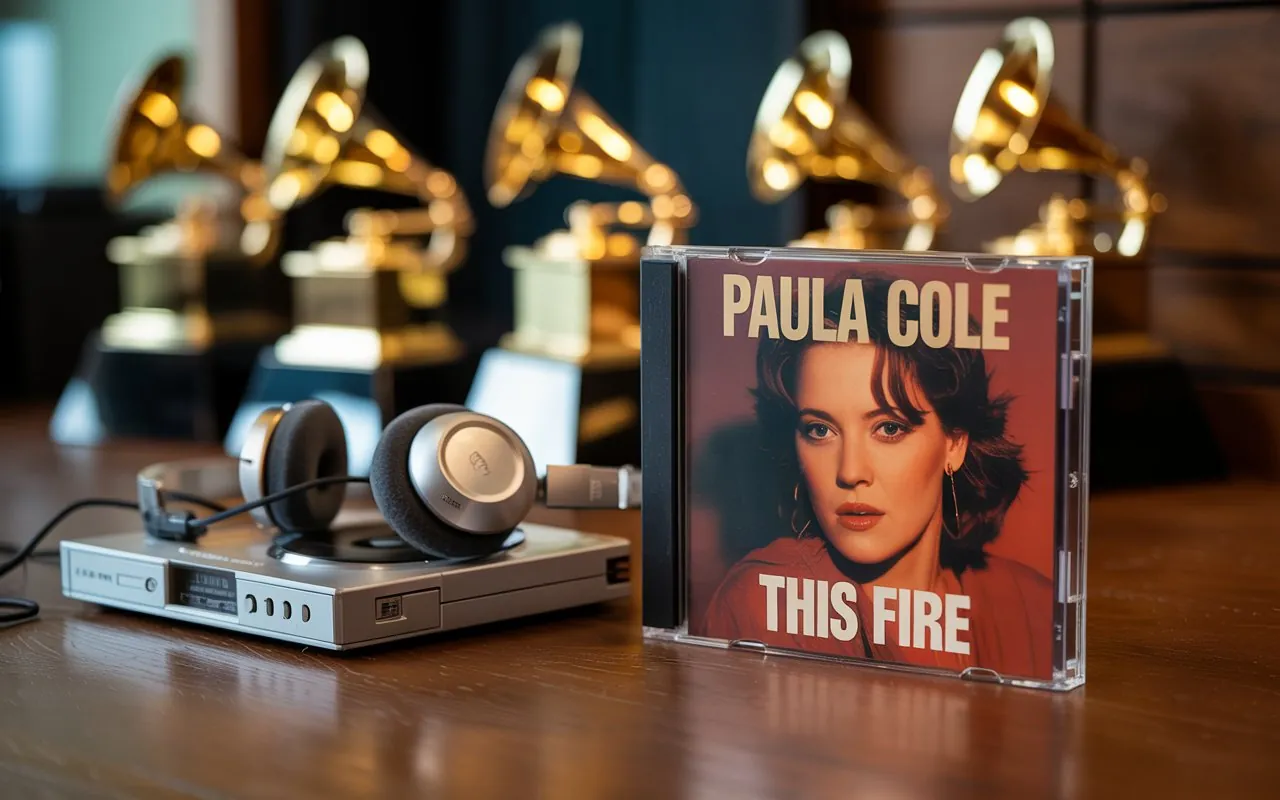
A Lyrical Journey: From Hope to Heartbreak
The genius of “Where Have All the Cowboys Gone?” lies in the story it tells. It unfolds over several verses, tracing the entire arc of a relationship from its optimistic beginnings to its lonely, disappointing end. Understanding this narrative progression is key to understanding the song’s true meaning.
The Hopeful Beginning
The song opens with a scene of idyllic young love. The narrator and her partner are in his ’56 Chevy, and she paints a picture of a simple, domestic future. She offers a deal, a seemingly fair division of labor for a life together:
“I will do the laundry if you pay all the bills”
In this first verse, the question where have all the cowboys gone? feels like a genuine, romantic yearning. She is looking for her “John Wayne,” her “prairie song,” her “happy ending”. She is in love with the idea of a strong, traditional man who will provide for her while she tends to the home. It’s a classic, almost cinematic vision of romance, built on the cultural myth of the strong, silent cowboy. At this stage, she believes she has found him.
The Cracks Begin to Show
The second verse continues this domestic arrangement. She offers to raise the children and tend to his needs after a hard day’s work on the tractor. The “deal” seems to be holding. However, the bridge of the song marks a crucial turning point. It is here that the narrator’s disillusionment first surfaces:
“I am wearing my new dress tonight / But you don’t, but you don’t even notice me”
This is a devastatingly simple and relatable expression of feeling invisible within a relationship. The romantic dream is beginning to fray. The “cowboy” she married is present physically, but he is emotionally absent. He is not living up to the hero archetype she envisioned. This is the moment the listener realizes that the question where have all the cowboys gone? is not about a physical absence, but an emotional one. The man is there, but the “cowboy”—the attentive, heroic partner of her dreams—is nowhere to be found.
The Final, Lonely Verse
The final verse delivers the heartbreaking conclusion to the story. The dream has completely unraveled. The ’56 Chevy, a symbol of their youthful romance, has been sold to make way for the practicalities of another baby. Her partner has taken a job far away in Tennessee, and his connection is now with his friends at the bar, not with her at home.
The initial deal, which once sounded fair, is now exposed as a deeply unbalanced arrangement. She is left alone with the domestic drudgery while he escapes to his own life:
“I will wash the dishes while you go have a beer”
The chorus returns, but now it is filled with a profound sense of despair and resignation. The question where have all the cowboys gone? is no longer a hopeful query but a bitter, rhetorical one. She has sacrificed her own identity for a partnership that has left her isolated and unseen. The addition of new cultural icons—the “Marlboro Man” and the “lonely ranger”—reinforces her realization that she fell in love with a marketing image, not a real person capable of emotional partnership.
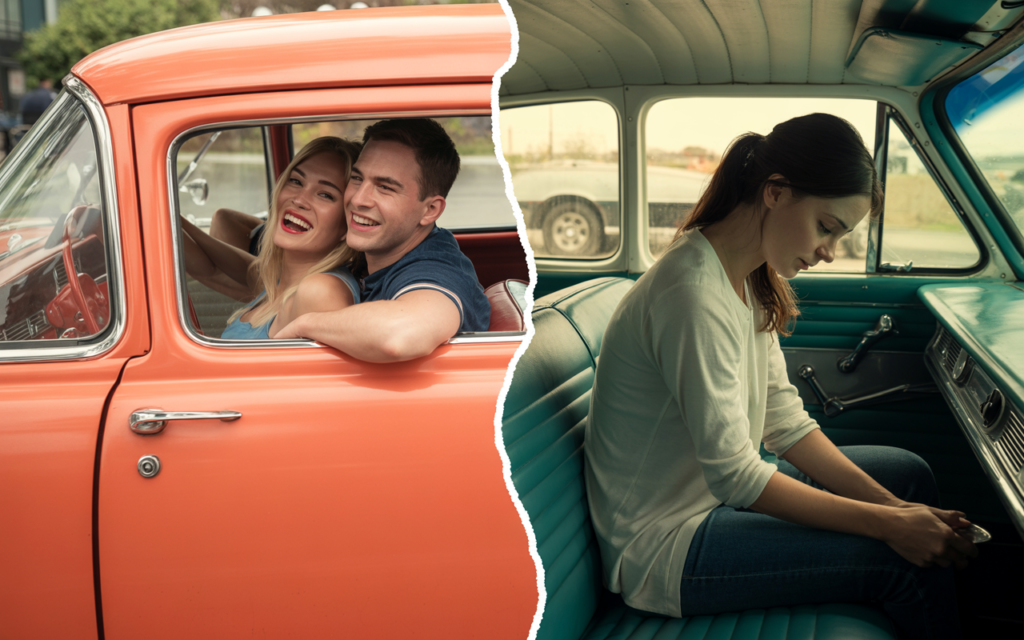
Where Have All the Cowboys Gone: Deconstructing the Myth
The central theme of the song is a powerful deconstruction of the “cowboy” archetype. For over a century, American culture has glorified the image of the rugged, independent, silent man of the West. From classic Hollywood films starring John Wayne to the Marlboro Man advertising campaign, this figure has been presented as the ultimate masculine ideal. Paula Cole’s song takes this idealized image and exposes its painful reality when translated into a modern relationship.
The narrator’s “cowboy” is not a hero. He is emotionally neglectful, self-absorbed, and ultimately abandons his family responsibilities for the camaraderie of the bar. The song argues that the very qualities that define the mythical cowboy—his stoicism, his independence, his emotional unavailability—are precisely what make him a terrible partner. The question where have all the cowboys gone? is, therefore, an ironic one.
The song suggests they were never really here in the first place; they were a fantasy, a story we told ourselves. The tragedy of the song is that the narrator built her life around this fantasy, only to find herself left with the empty reality. The song forces us to ask if this idealized man was ever truly desirable, and if so, where have all the cowboys gone?
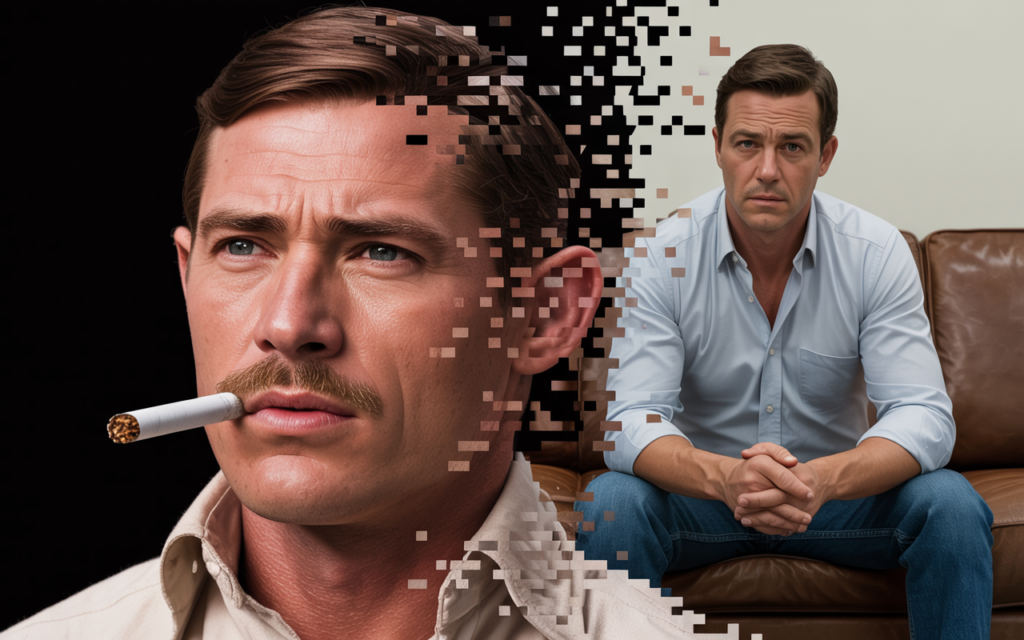
A Feminist Critique of Traditional Roles
One of the most fascinating aspects of “Where Have All the Cowboys Gone?” is how it was so frequently misinterpreted. Many listeners heard the chorus and assumed it was a straightforward, anti-feminist anthem—a woman lamenting the decline of traditional masculinity and wishing for a man to come and take care of her.
In reality, the song is the exact opposite. As Paula Cole herself has stated, it is a deeply feminist song written with a sense of irony and social critique. The song uses the narrator’s journey to expose the flaws in traditional gender roles. The initial “deal” (“I’ll do the laundry if you pay the bills”) seems equitable on the surface, but the song demonstrates how this arrangement can easily devolve into a situation where the woman’s labor is taken for granted and her emotional needs are completely ignored.
The song is a cautionary tale about losing one’s identity in a relationship. The narrator becomes so focused on her role as a wife and mother that she ceases to be seen as an individual. The poignant line “you don’t even notice me” is the heart of this critique. The song challenges the notion that a woman’s fulfillment should come solely from serving her partner and family. It asks a powerful question: what happens when the “prairie song” you were promised turns into a life of silent, lonely dishwashing? This critique is essential to understanding the real meaning behind where have all the cowboys gone?
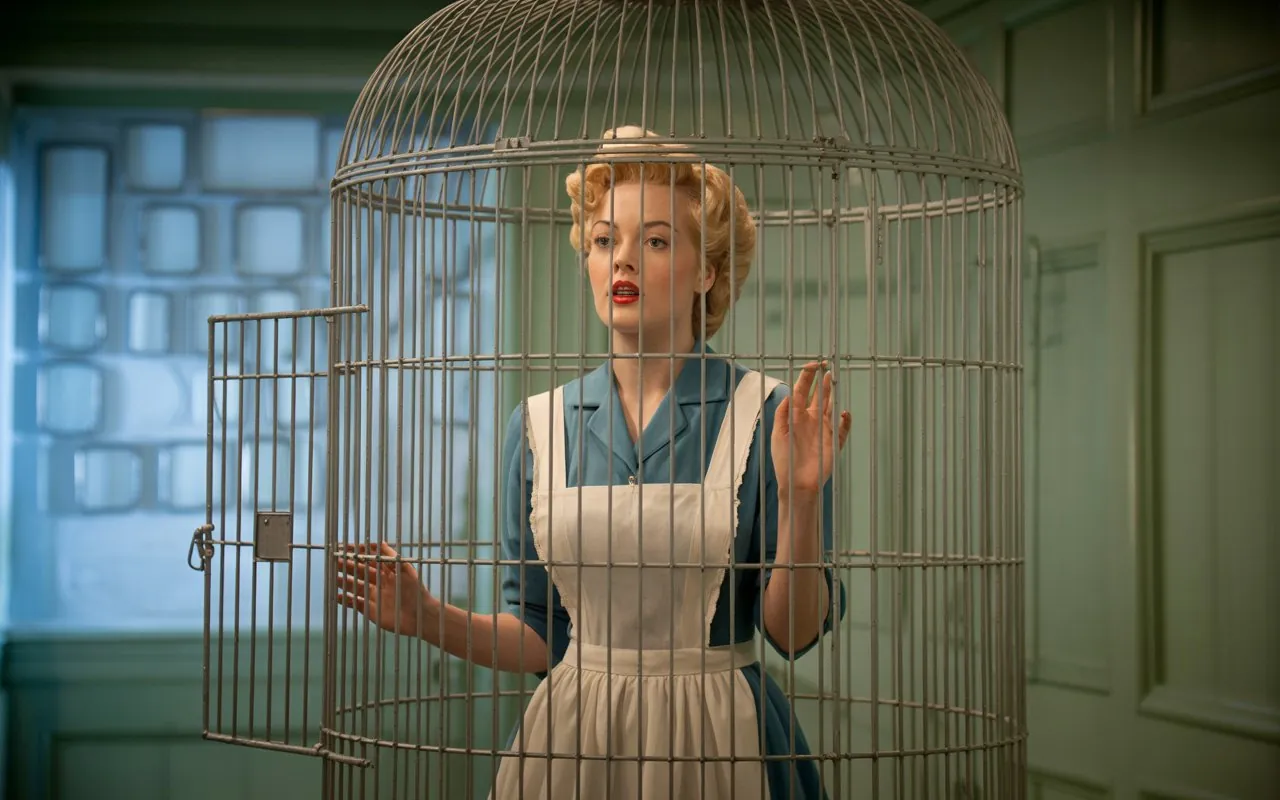
Where Have All the Cowboys Gone: Disillusionment and the Death of a Dream
At its emotional core, the song is a heartbreaking story about disillusionment. It captures the universal human experience of falling in love with an idea, only to have that idea shattered by reality. The narrator doesn’t just fall in love with a man; she falls in love with a story, a “happy ending” promised by movies and songs.
The entire lyrical structure is designed to showcase this slow, painful awakening.
- Initial Infatuation: The early verses are filled with the language of romance and hope.
- Dawning Realization: The bridge introduces the first notes of doubt and pain.
- Final Resignation: The last verse is one of quiet despair, the dream now fully dead.
The song resonates so deeply because this experience is not limited to romantic relationships. We all, at some point, confront the gap between our expectations and reality, whether it’s in our careers, our friendships, or our personal goals. The song taps into this universal feeling of loss, the sad recognition that the thing you longed for was never what you thought it was.
The question where have all the cowboys gone? becomes a metaphor for all lost dreams and broken promises. The feeling of wondering where have all the cowboys gone? is a feeling of deep disappointment. The song’s power is in making this personal feeling universal. For anyone who has ever felt this way, the answer to where have all the cowboys gone? is that they exist only in our imaginations.
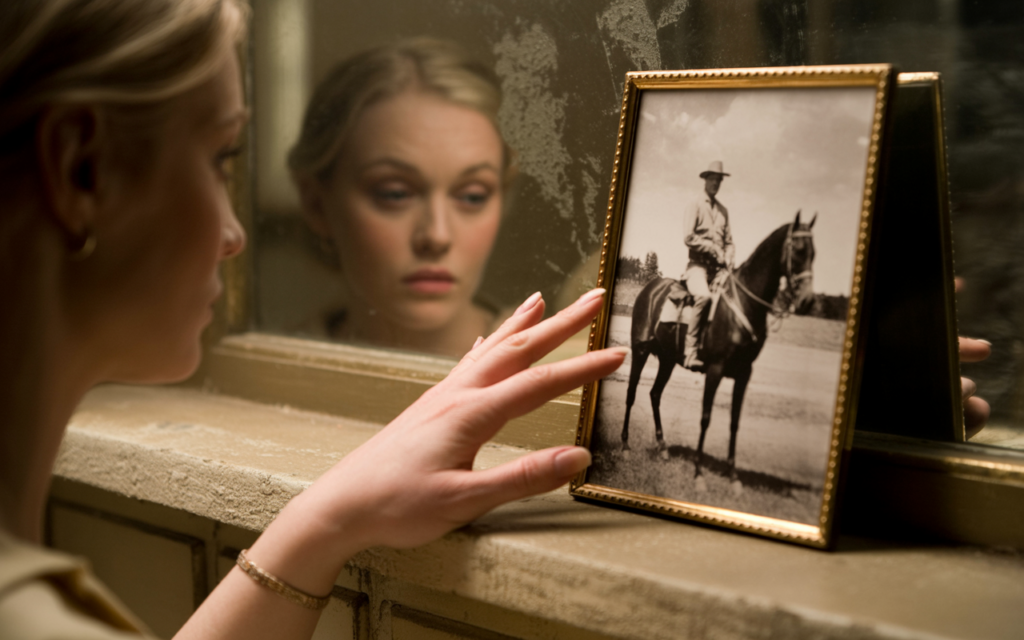
Frequently Asked Questions
Q: Is “Where Have All the Cowboys Gone?” about real cowboys?
A: No, the song is not literally about cowboys. It uses the “cowboy” as a metaphor for an idealized, strong, and traditional masculine archetype, famously portrayed by figures like John Wayne.
Q: Is this song meant to be feminist or anti-feminist?
A: According to the artist, Paula Cole, the song is intended as a feminist critique of traditional gender roles. It uses irony to show how a seemingly fair domestic arrangement can lead to a woman feeling lonely and unfulfilled.
Q: What is the main story told in the lyrics?
A: The song tells the story of a woman’s relationship from beginning to end. It starts with her optimistic dreams of a happy domestic life with her “cowboy” and ends with her disillusionment as she realizes her partner is emotionally distant and she has been left alone with all the domestic duties.
Q: Why does the song mention John Wayne and the Marlboro Man?
A: These figures are used as cultural symbols of the idealized, rugged masculinity the narrator initially desires. By the end of the song, she realizes these are just marketing images and fantasies, not a realistic model for a healthy partnership.
Final Thoughts: A Question That Endures
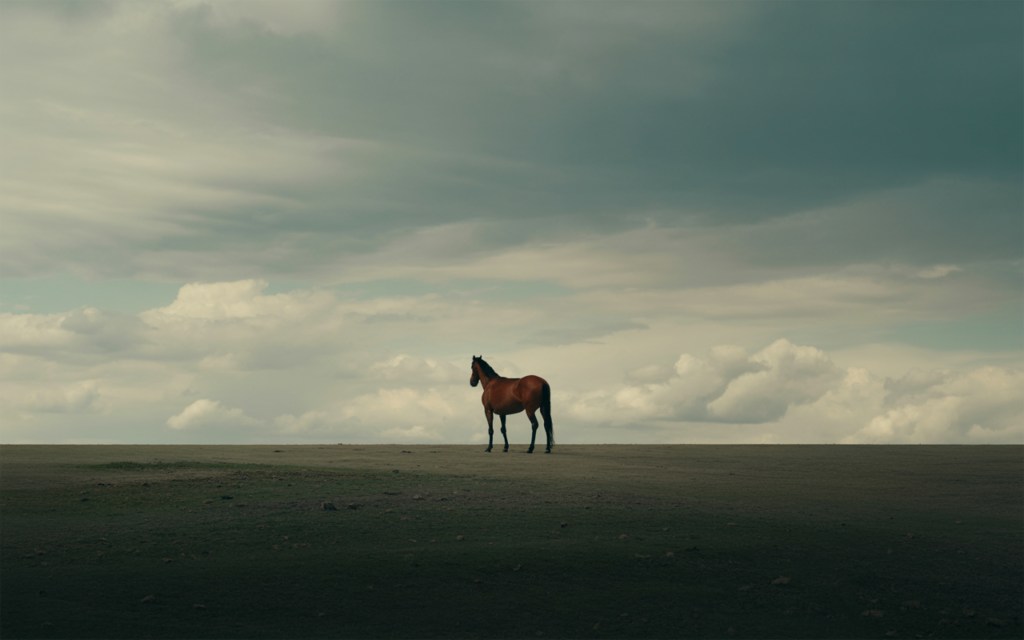
“Where Have All the Cowboys Gone?” is a masterfully crafted piece of songwriting that operates on multiple levels. It is a compelling short story, a sharp social critique, and a poignant emotional journey all rolled into one. It skillfully uses the iconic image of the American cowboy to explore complex themes of love, gender, and disillusionment.
So, we return to our initial question: where have all the cowboys gone? Paula Cole’s song suggests that the better question is, were they ever the heroes we thought they were? The song’s enduring legacy is its ability to challenge our most cherished cultural myths and to ask us to look more critically at the roles we play and the stories we choose to believe. It’s a reminder that a true “happy ending” is not found in a John Wayne fantasy, but in a partnership built on mutual respect, emotional presence, and the simple act of noticing when your partner is wearing a new dress.
The song’s conclusion is that the search for the mythical hero is a fool’s errand. The real question is not where have all the cowboys gone?, but why were we looking for them in the first place? The final, lingering repetition of where have all the cowboys gone? is a haunting reminder of a dream that has died, leaving only the lonely reality in its place.